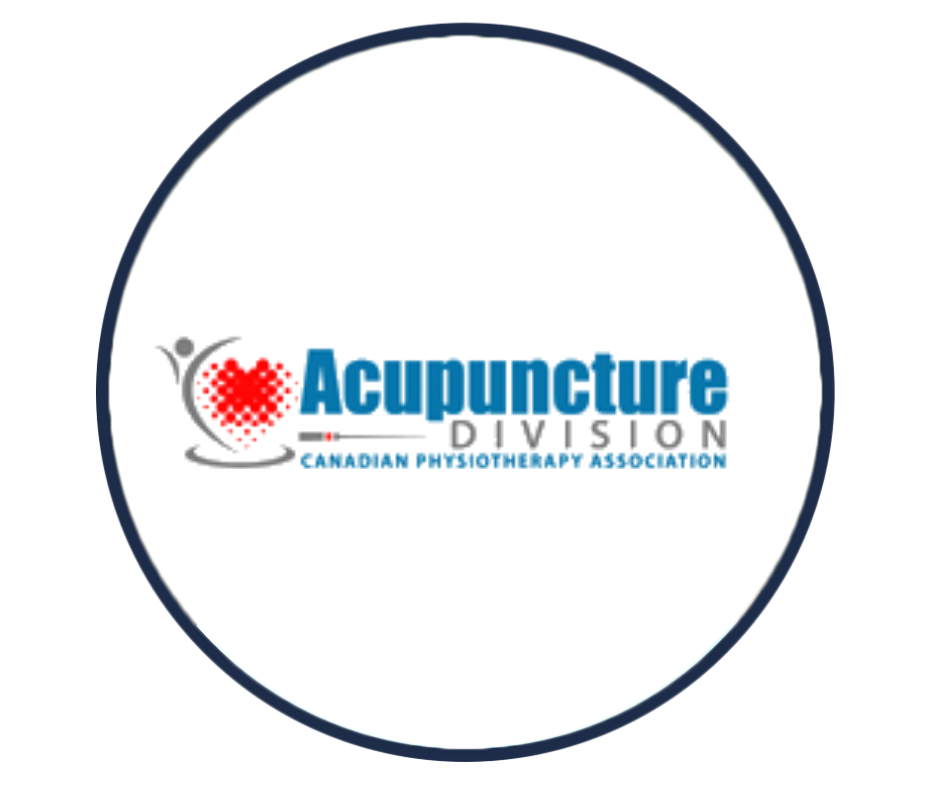Acupuncture For The Upper Extremity Using Fascial Acupuncture Techniques

Acupuncture For The Upper Extremity Using Fascial Acupuncture Techniques
This course includes
The instructors
Overview:
This online course explains Fascial Energy Acupuncture and helps build a foundation to allow physiotherapists to understand various acupuncture techniques.
It incorporates Traditional Chinese Medicine Theory and is enriched with a modern understanding of what acupuncture and meridians are.
The goal of Fascial Energy Acupuncture is to provide immediate pain relief. Enoch Ho discusses how most patients see significant changes in their pain after the use of this technique.
The content of the course is not introductory and assumes you have some background knowledge of Acupuncture and Meridians. This is not a practical class to demonstrate how to insert needles safely to the suggested acupuncture points.
If you would like to learn or review the basics of Fascia-Energy Acupuncture, Enoch Ho has a course available on Embodia called ‘Fascia-Energy Acupuncture Technique’ which can be found here.
What is Fascial Energy Acupuncture Technique?
Fascial Energy Acupuncture Technique (FEAT) is a combination of:
- Fascia – Meridian Theory
- Energy – TCM Ying-Yang theory
- Acupuncture technique – Acupuncture points selection and manipulation technique
The course explains the similarities and differences between Meridian and Fascia as well as the etiology, incidence, pathology and clinical presentation of a rotator cuff tear. The practical component explains what physiotherapists might see during observation, palpation and active/passive movements of the shoulder. It explains what acupuncture points to cover for the shoulder based on Fascia Energy Theory and TCM theory.
In addition, the wrist and hand condition De Quervain’s Syndrome is explained including:
- Anatomy
- Epidemiology
- Etiology
- Other associated diseases
It also discusses patient subjective and objective assessment findings, clinical signs and symptoms and AROM/PROM findings.
Case Studies
Three case studies are incorporated throughout the course to apply knowledge to a patient case and gain a better understanding.
- Case study one: A high school student with left anterior shoulder pain and weakness
- Case study two: A woman with complaints of pain in her right lateral wrist that radiates down to the right thumb
- Case study three: A healthcare provider with tingling and numbness in fingers and hand
The case studies discuss patient subjective and objective assessments, acupuncture points for treatment, anatomy and the method of applying the acupuncture needle including direction and depth of needle.
Learning Objectives:
- Gain an understanding of Fascial Energy Acupuncture Technique (FEAT)
- Learn the etiology, incidence, pathology and clinical presentation of a rotator cuff tear and De Quervain’s Syndrome
- Gain a practical understanding on how to apply FEAT to patient cases
Speakers:
Enoch Ho, MPh, PT, RAc, Assistant Clinical Professor, McMaster University
Enoch Ho has been involved in teaching and supervising students in clinical practice and research in both physiotherapy and acupuncture for many years. His research interest is very diverse from studying Hospital Mortality Rate to running clinical trials in acupuncture for stroke patients. Enoch is also one of the founders of the Acupuncture Course – Evidence Base Approach to TCM at McMaster University. Currently, he is a registered physiotherapist and a registered acupuncturist (General Member) in Ontario.
John Chan, PT, RAc, FCAMPT
John Chan has received his physiotherapy and acupuncture training in Hong Kong and in Canada. He has been teaching acupuncture for more than 10 years. He is also a Fellow of Canadian Academy of Manipulative Therapy (FCAMPT). John is currently running his private practice office in St. Catharine and teaching the Acupuncture Course – Evidence Base Approach to TCM at McMaster University. Currently, John is a registered physiotherapist and a registered acupuncturist (General Member) in Ontario.
Both Enoch and John are Registered Acupuncturists in Ontario and passed the licensing examination for the General Member category of the College of Traditional Chinese Medicine Practitioners and Acupuncturists of Ontario.
The instructors


The Acupuncture Division of the Canadian Physiotherapy Association supports physiotherapists and physiotherapist assistants in advancing the use of acupuncture as an established core competency in physiotherapy clinical practice.
Vision
To promote acupuncture and encourage an actively engaged membership who are committed to lifelong learning and excellence in practice in order to promote health and well-being among their patients.
Mission
To provide leadership and direction to physiotherapists and physiotherapy assistants who are members of the Acupuncture Division of the Canadian Physiotherapy Association in advancing the utilization of acupuncture in clinical practice by promoting excellence in direct care, education and research.
Material included in this course
-
Acupuncture For The Upper Extremity, Using Fascial Acupuncture Techniques
-
Welcome
-
Introduction
-
Fascia - Meridian
-
Rotator Cuff Tear
-
Case Study 1
-
Wrist and Hand Conditions
-
Case Study 2
-
Case Study 3
-
Questions
-
What's Next?
-
Feedback